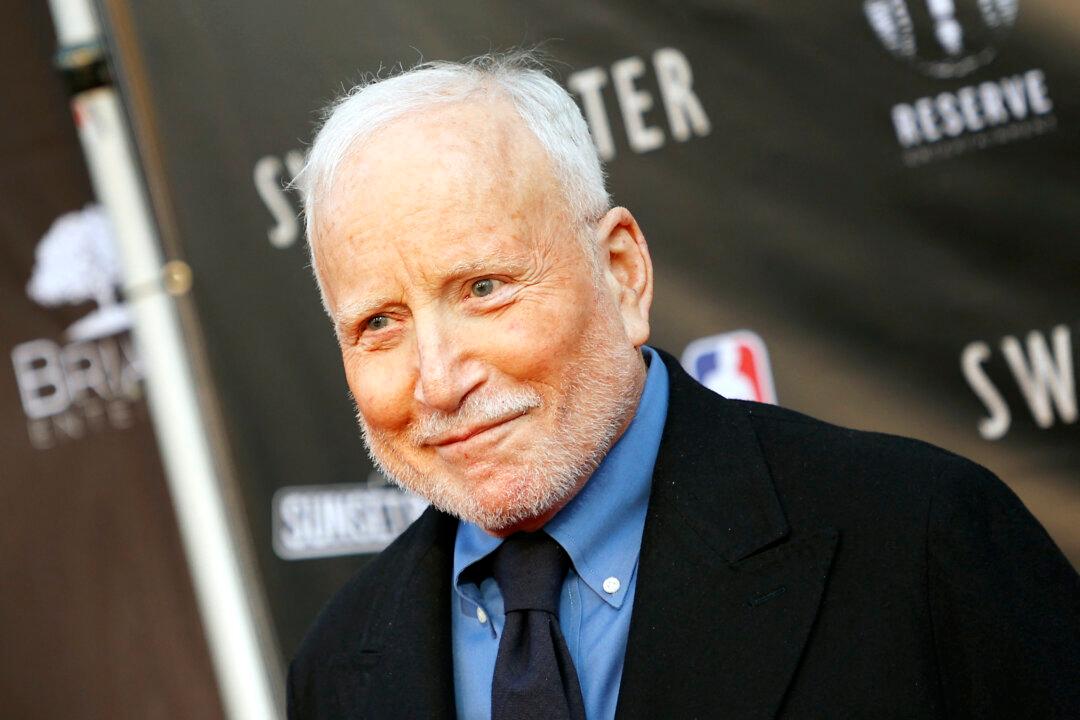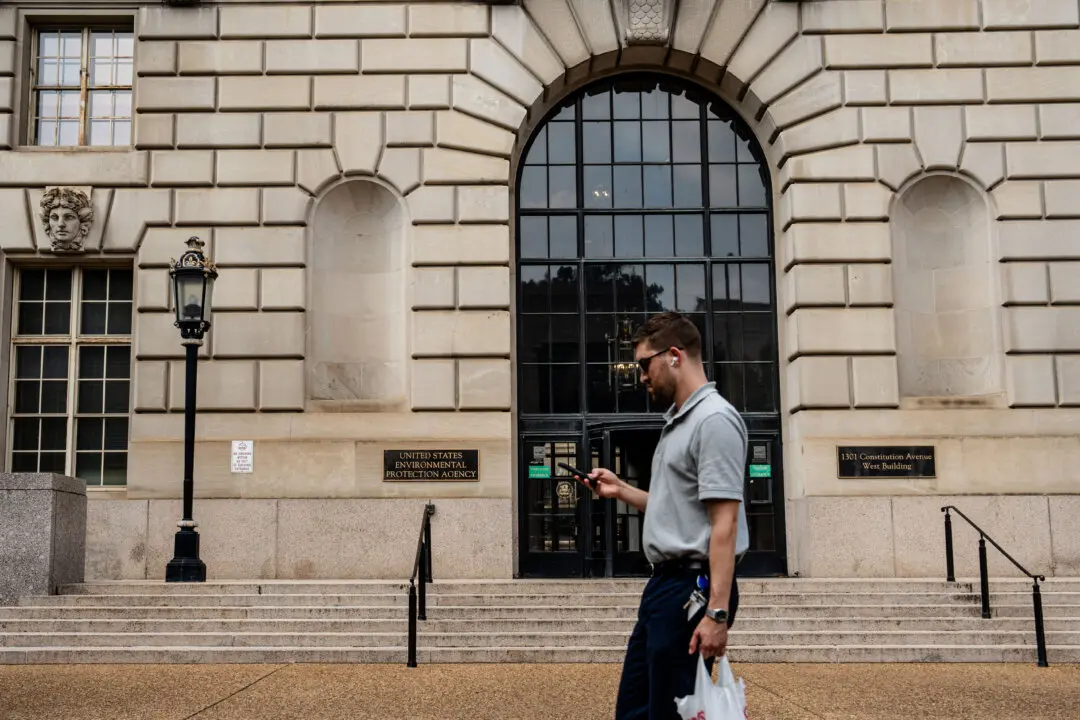Actor Richard Dreyfuss has slammed the new diversity requirements for the Academy Awards, also known as the Oscars, insisting that no one has the right to impose moral standards on art.
Beginning in 2024, films need to meet new diversity and inclusion standards to be eligible for the best picture category, with quotas for the number of women, LGBT people, and ethnic minorities involved in the production, both on-screen and behind the scenes.





